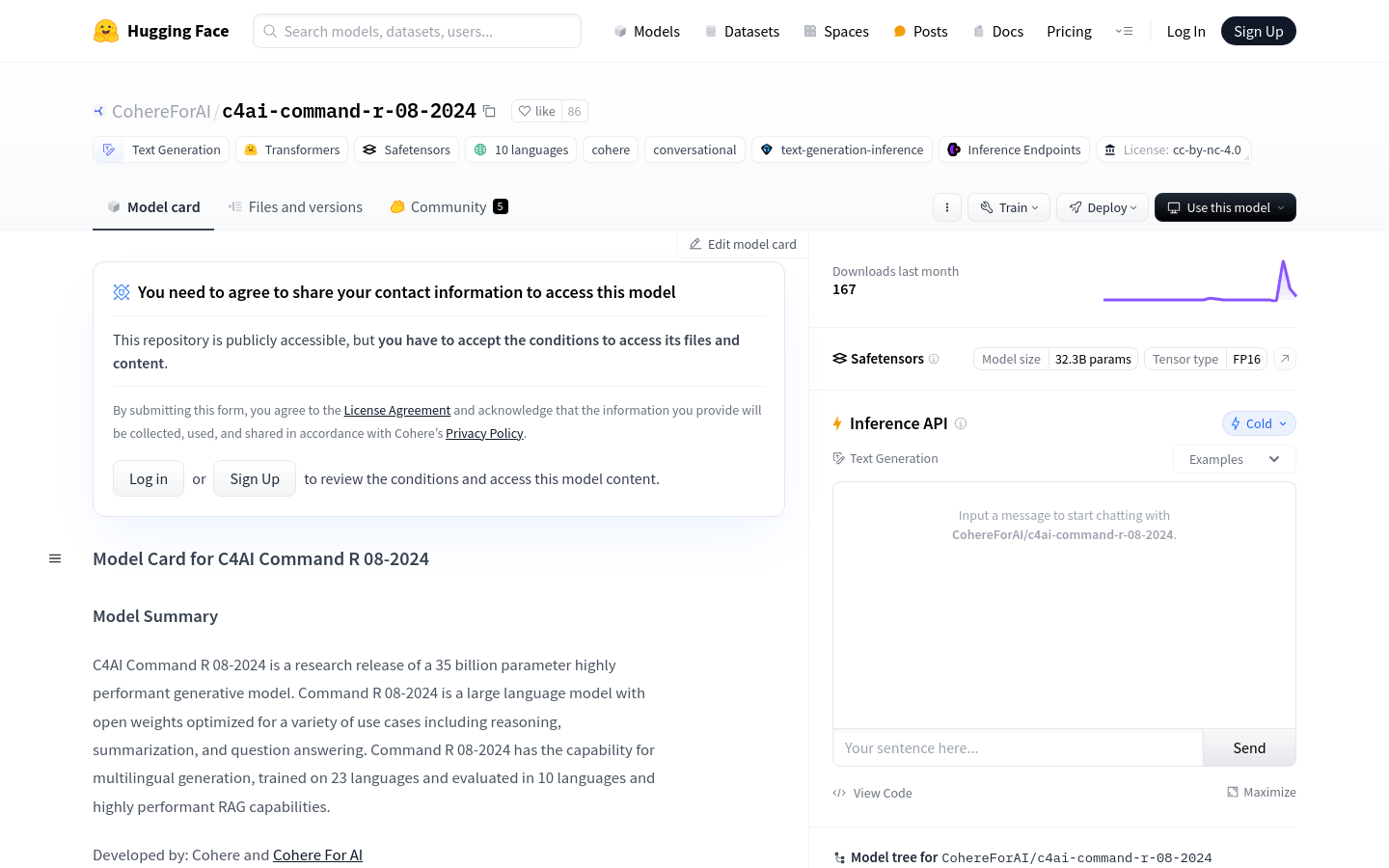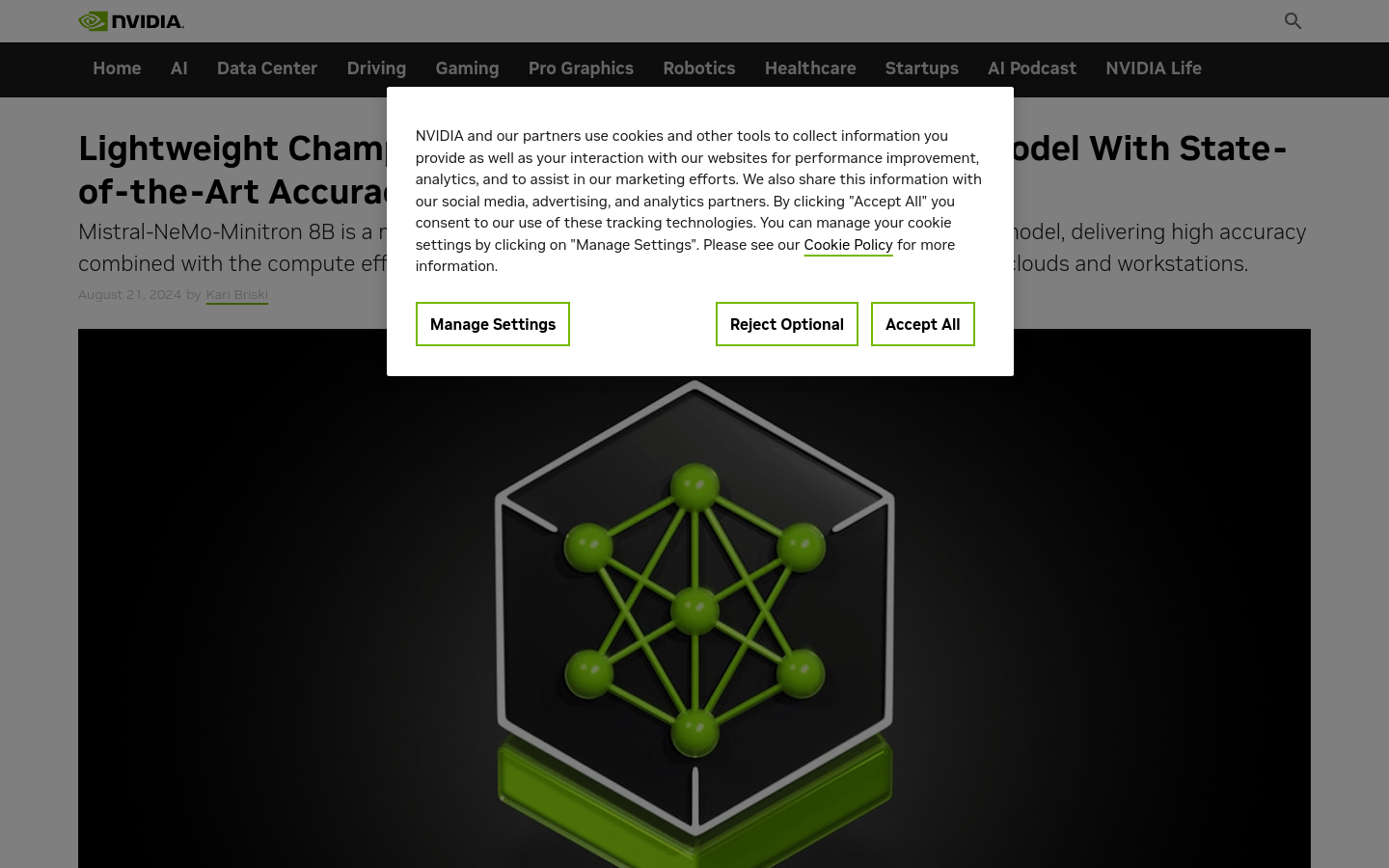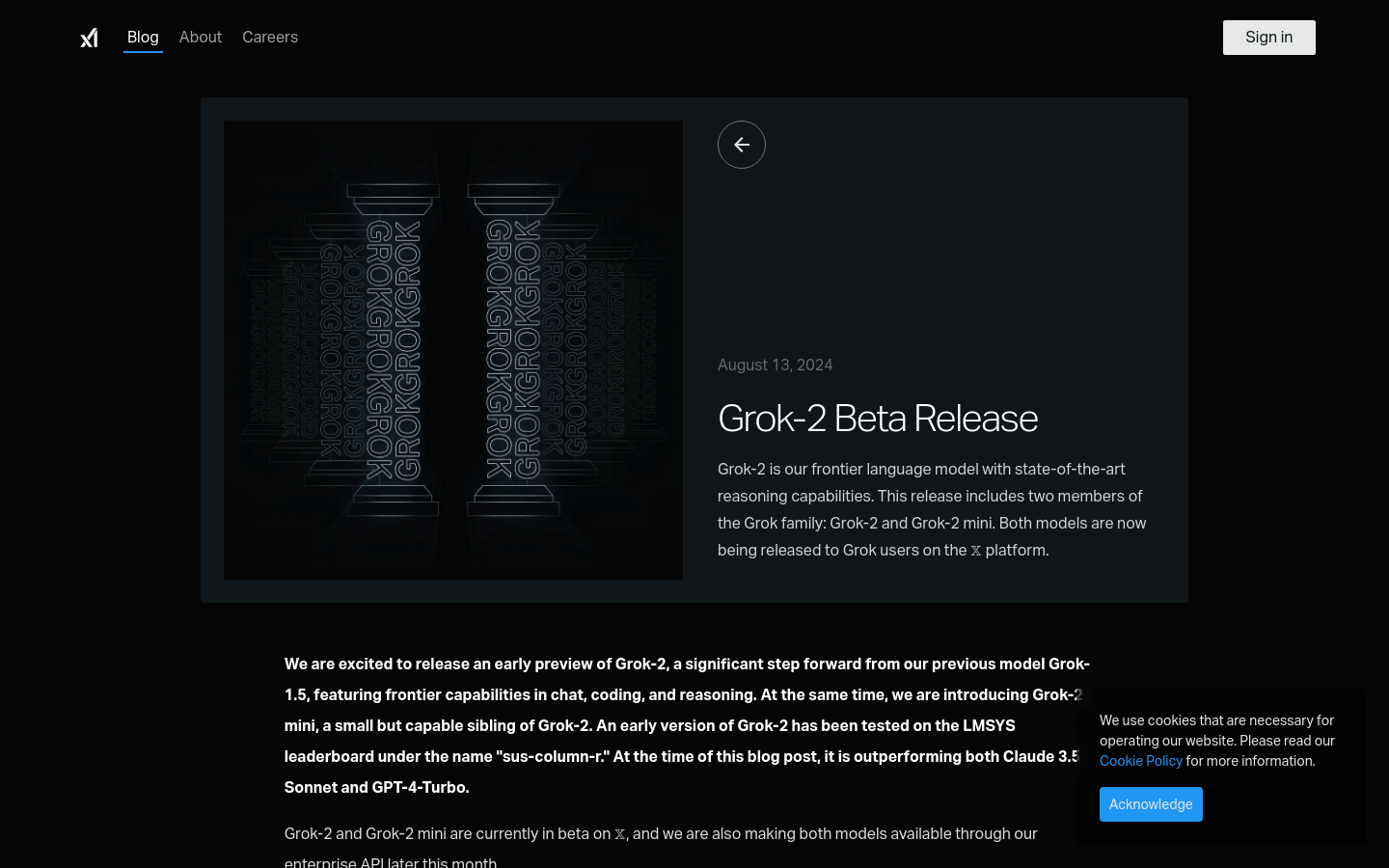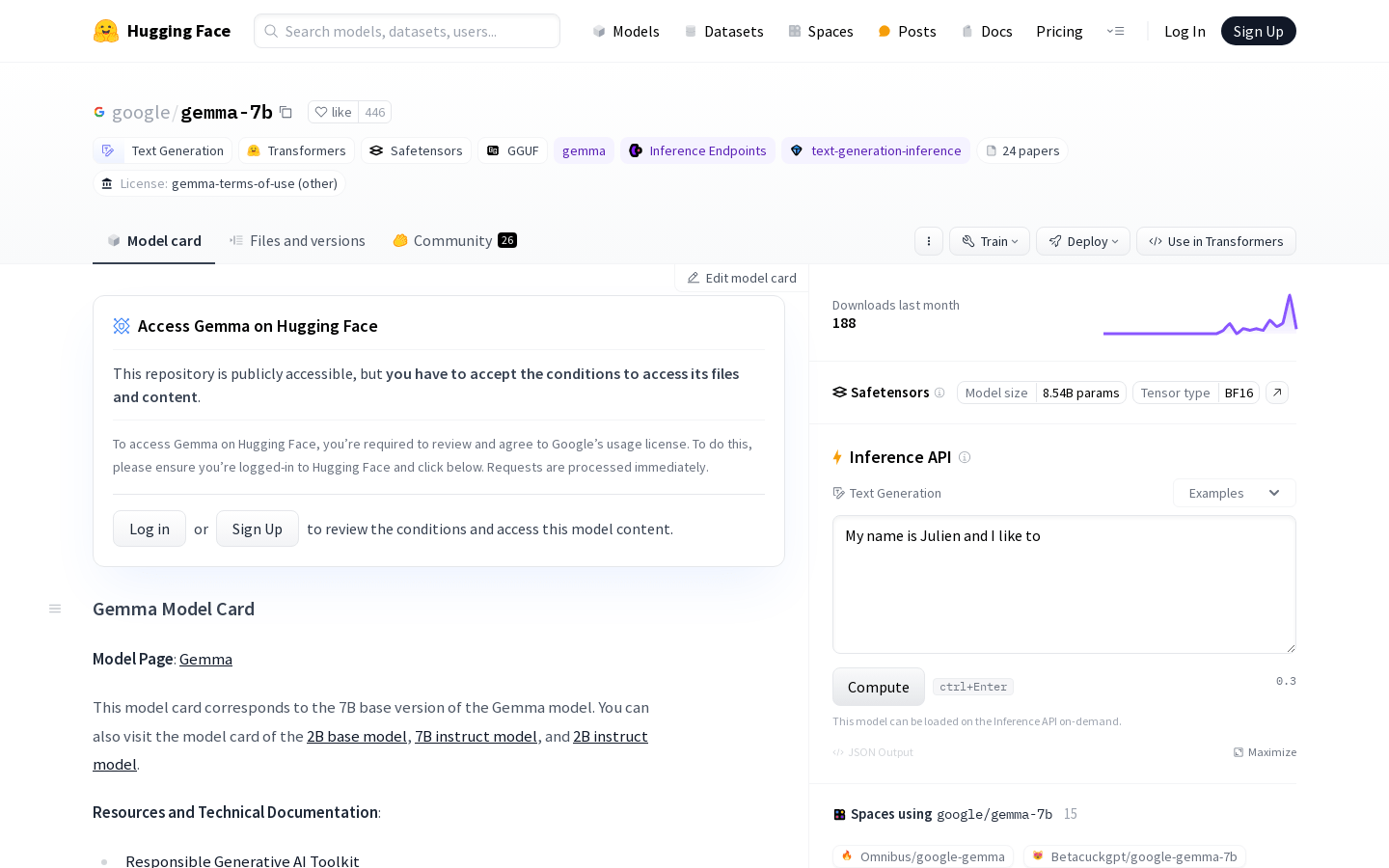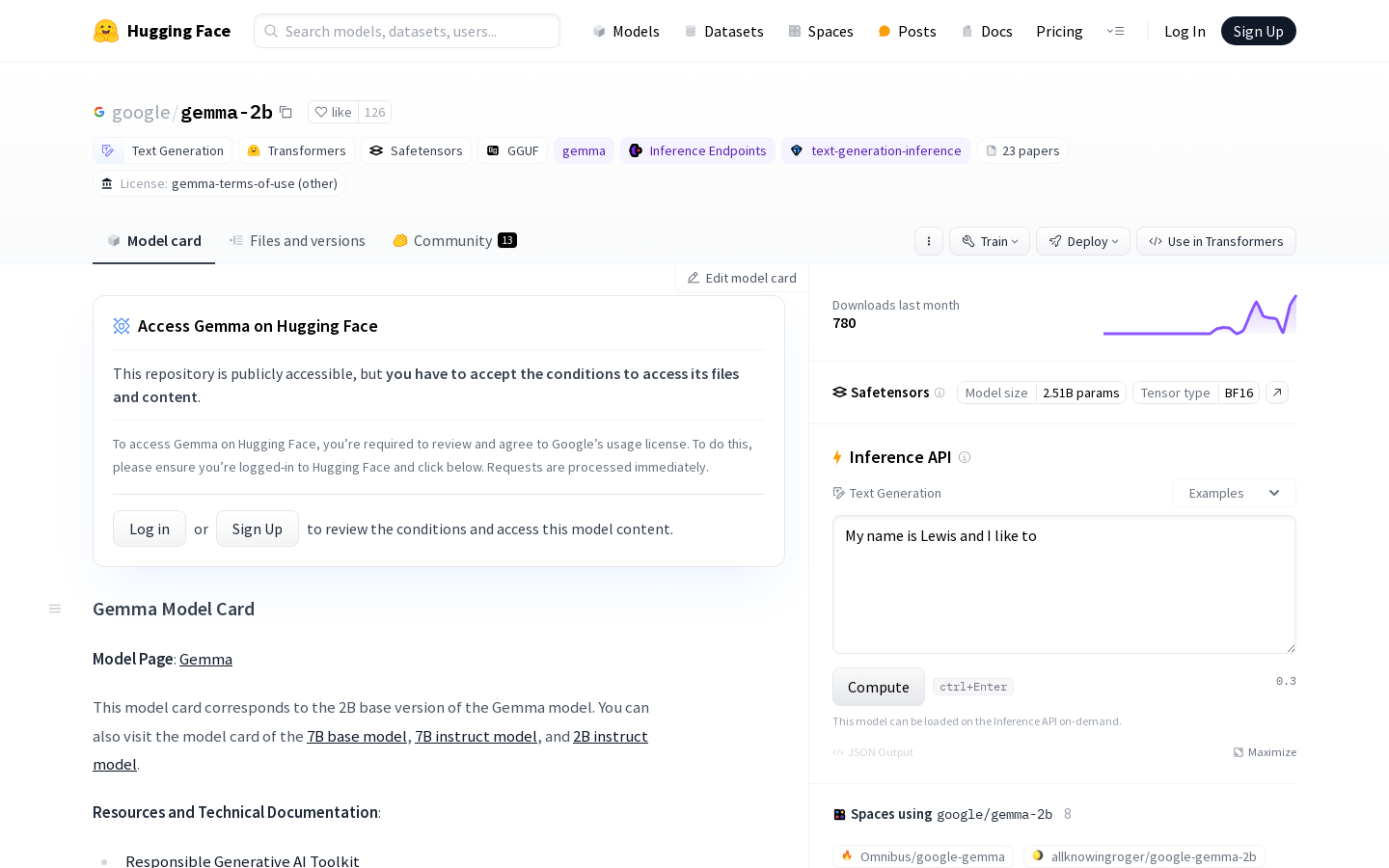💼
productive forces Category
AI language model
Found 27 AI tools
27
tools
Primary Category: productive forces
Subcategory: AI language model
Found 27 matching tools
Related AI Tools
Click any tool to view details
Related Subcategories
Explore other subcategories under productive forces Other Categories
💼
Explore More productive forces Tools
AI language model Hot productive forces is a popular subcategory under 27 quality AI tools





